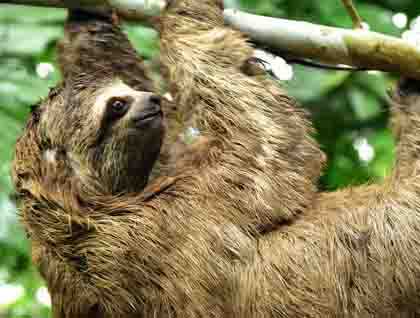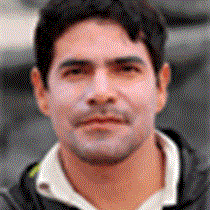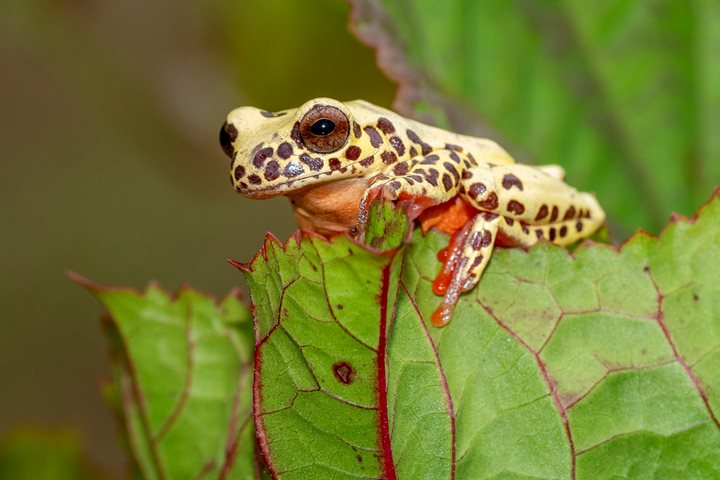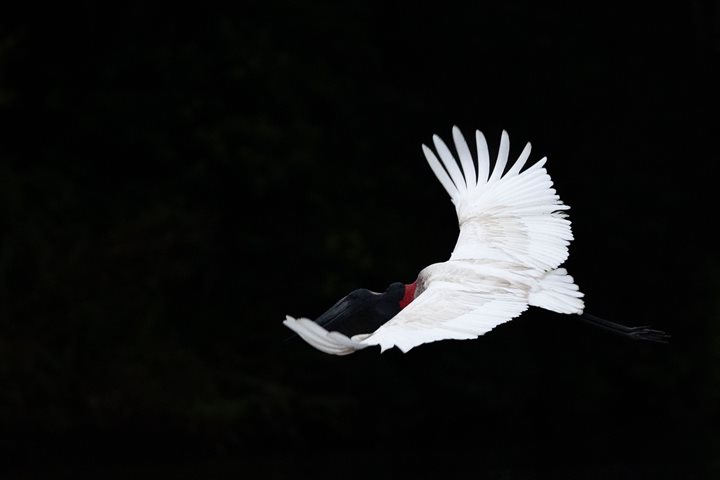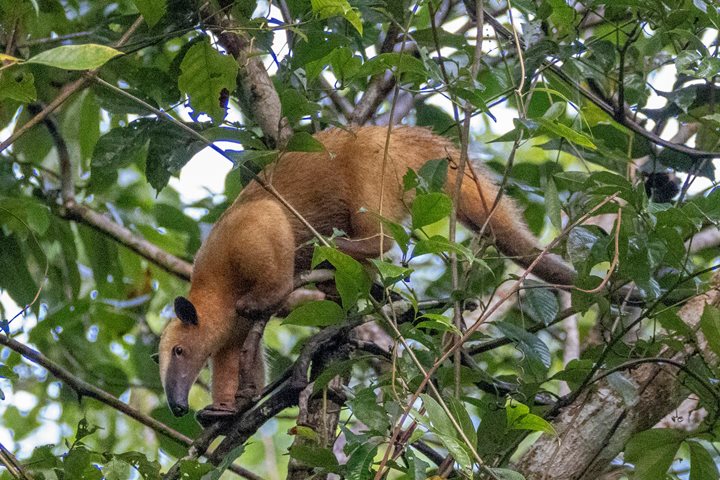The rivers of the Amazon are a complex ecosystem that begins at the Andes Mountain range of Colombia, Peru, Ecuador, and includes Brazil and Venezuela. Thousands of creeks, water streams, small rivers and major tributaries form and begin the Amazon, which is also the longest river on our planet. The wildlife here is amazing and the biodiversity the most diverse of anywhere on Earth, animals migrate from one place to another according to how the rivers move, and also depending on the weather conditions. As plants grow and die, the river takes patches of trees and vegetation to the Atlantic Ocean, and also helps dispersion of seeds and plant inhabitants. We are at the Marañon River, exploring just a part of this huge ecosystem.
We disembarked to walk at Casual Forest; some local comuneros helped us in finding creatures of the jungle. Comuneros are experts in finding specimens such as frogs that are smaller than a fingernail, snakes that camouflage so well that they look like tree vains, and ants that are the biggest I’ve seen in my life. Our expert naturalist guides know each tree and plant from the place they were born, the jungle and explain their natural uses to us.
The highlight of the morning was a baby sloth we found climbing a small branch so close to us. We stayed few minutes observing the very slow movements this creature makes, and the very gracious way it climbs the trees. Then we came back to our ship and moved not far away, motoring 3 hours to get Yanayacu River. “Yanayacu” means black water, and from the shore you clearly can see the merging of two rivers: the brown muddy water alongwith the black water coming from the highlands bringing vast amount of nutrients and minerals from volcanoes. This is the favorite spot for pink and great dolphins to feed on fish - we saw plenty of them.
At 4:00 pm we explore the area on our skiffs, every time you go out you don’t know what to expect, which makes the journey very fascinating and you feel eager to spot any creature. The first surprise was a group of monkeys known as brown-mantled tamarind, they move pretty fast along the trees, we were lucky because from time to time they come close and watch very curious as they observe us. Also we found many types of hawks, herons, egrets, terns and small birds, like euphonies and seedeaters. At the end of the river is a big lagoon where normally the horn screamers nest, we saw two of them nesting on bushes, they are known as the “unicorn birds” as they have a little “horn-crest” on their heads. On our way back to the ship, the sunset was beautiful and made a great finale for a magical day in the jungle of Peru.

